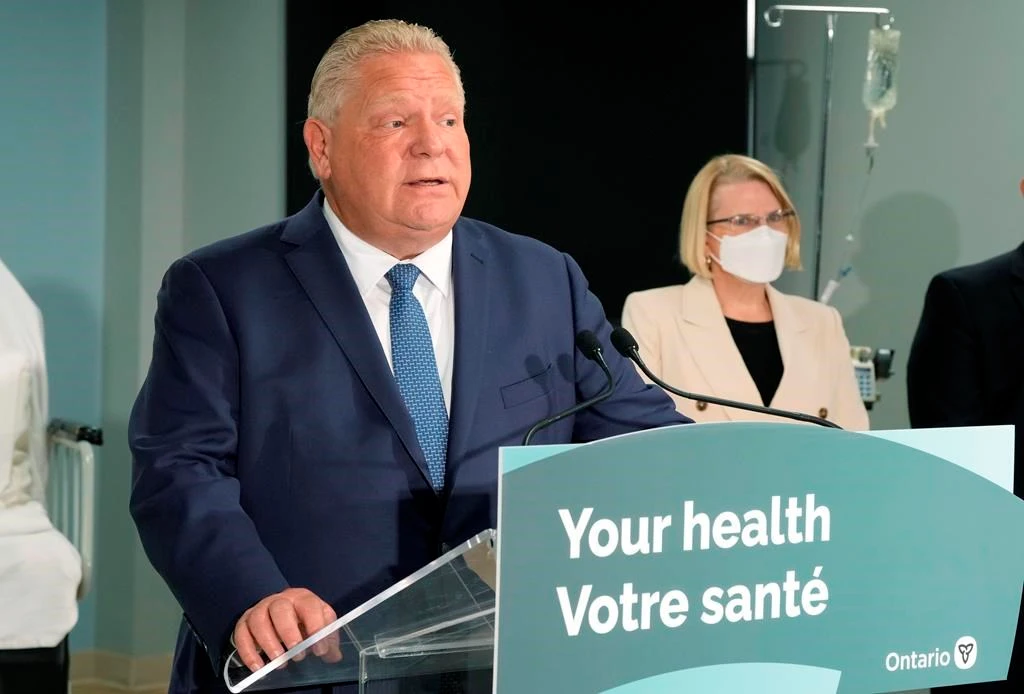The Canadian public healthcare system has been struggling with backlogs, especially in diagnostic, and surgical services, under the influence of the recent COVID-19 pandemic.
Despite a strong economy, Ontario Director for the Canadian Centre for Policy Alternatives, Randy Robinson, mentions that a lack of fiscal effort to fund public services and health care programs contribute to the growth of backlogs.
In an effort to improve healthcare in Ontario and address the issue of hallway medicine, Health Minister Sylvia Jones and Ontario Premier Doug Ford announced on Monday, January 16th, that privatization of healthcare in Ontario will be promoted through a 3-step plan. This authorizes for-profit health care centers to offer their services in diagnostics and some surgical procedures.
These steps are designed to reduce unrealistic waitlists on ophthalmologic and orthopedic surgeries as well as handle the backlog in diagnostics.
The Ford government’s plans to ramp up privatization of Ontario health care system have been received with mixed reactions since 2019 when major health care restructuring law was passed, giving the government new powers to privatize several sectors.
On the one hand, five major Ontario health care unions are among some who have opposed the program, calling for the government to halt plans to promote funding in private sector and increase spending in the public health system. They argue that authorizing independent health facilities to engage in surgeries and diagnostic services would further reduce the public sector’s ability to respond to the high demand and encourage both the patients and the health-care workers to migrate to private facilities. This would also affect the proper supervision of fees, charges, and quality of care, they argue.
On the other hand, advocates for privatization of healthcare in Ontario note the recent increase in need for health care services during the COVID-19 pandemic and long waiting lists which sometimes affect the timely response to a critical condition. Furthermore, an aging population, along with the immigration policies will further escalate this need above the capacity of the public healthcare sector and would require action beyond increase in public health care funds. They argue that new plans authorizing private healthcare providers in communities to offer minimally invasive, and out-patient surgeries as well as some diagnostic measures, would benefit both public, and private patient care with decrease in the overwhelming patient load and increase quality and timing of care delivery.
How do you think these measures would affect the public health care and the community well-being in Ontario? Please share your thoughts in the comments section.




